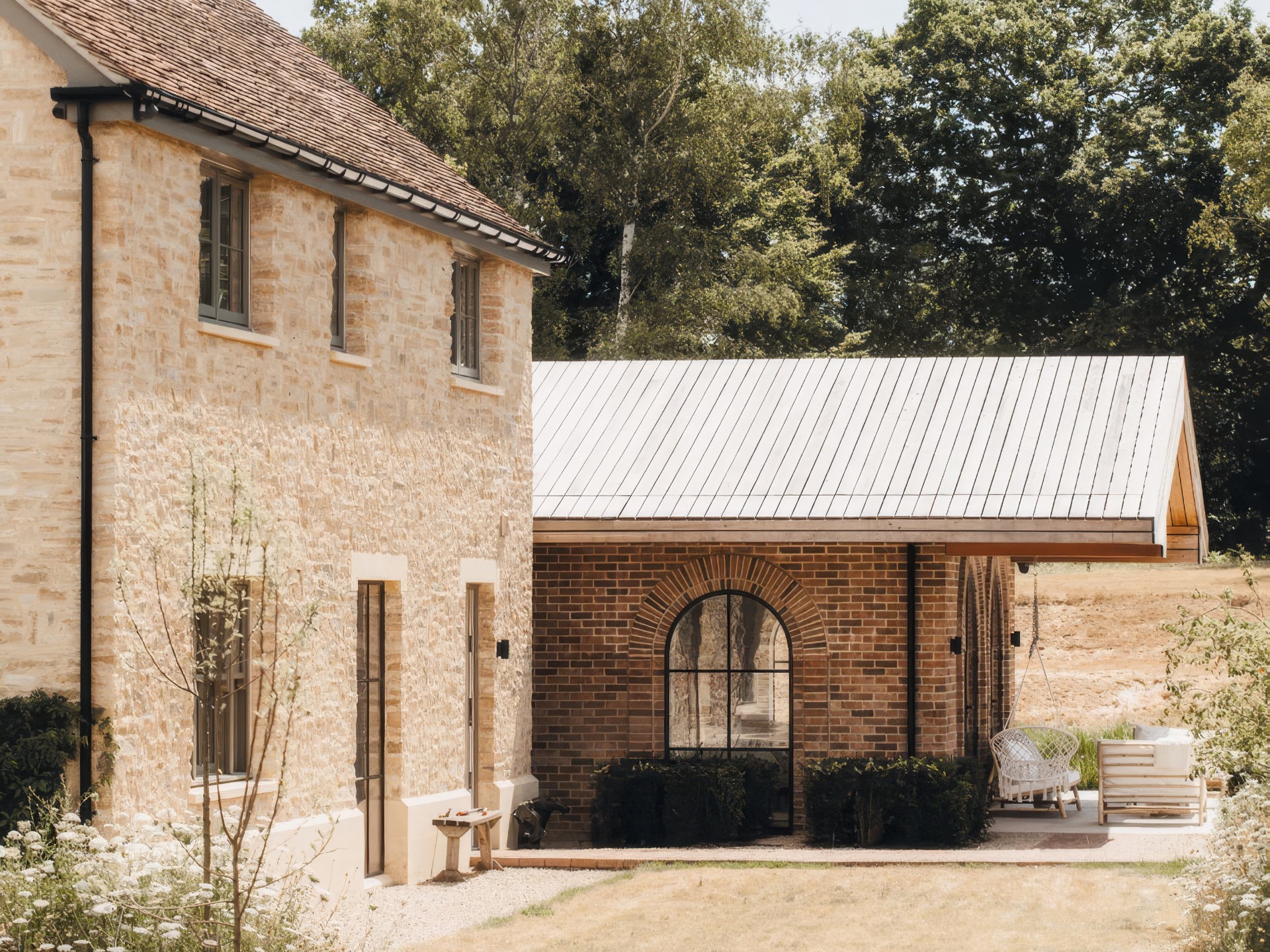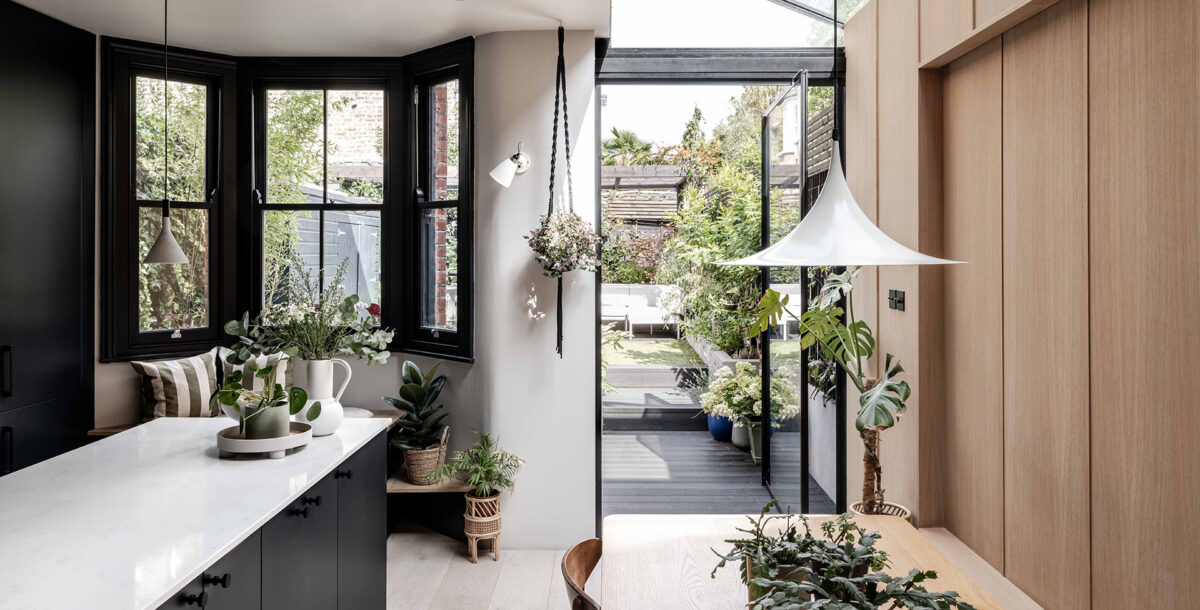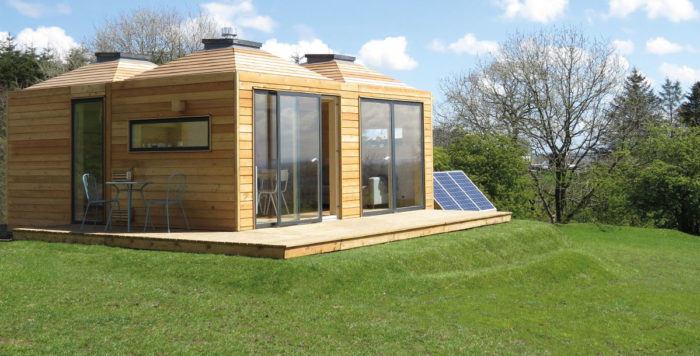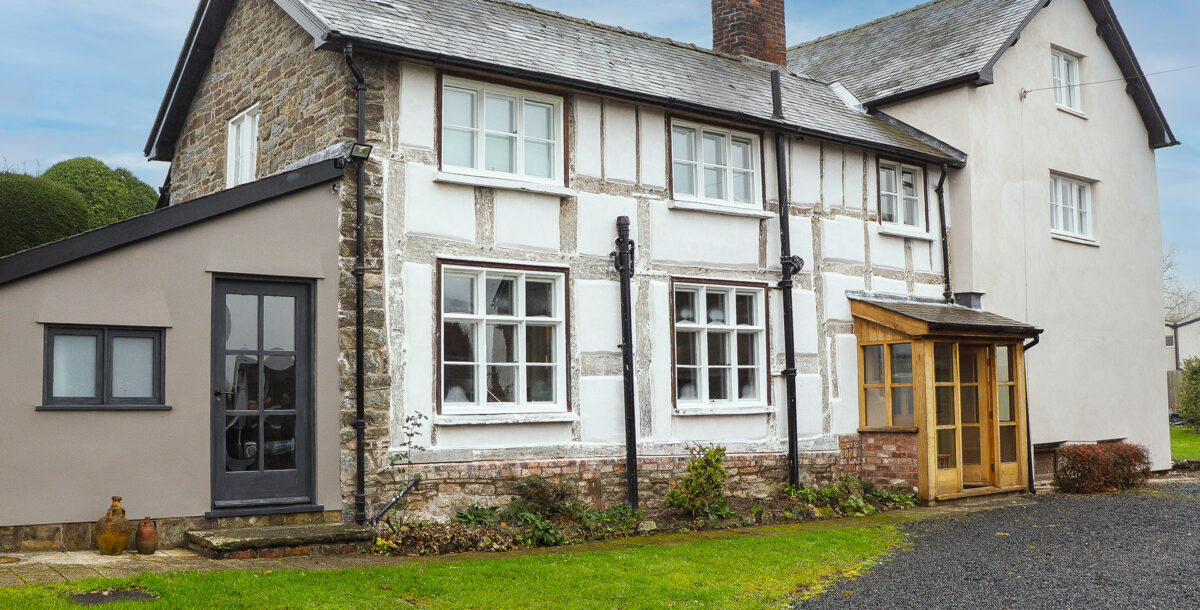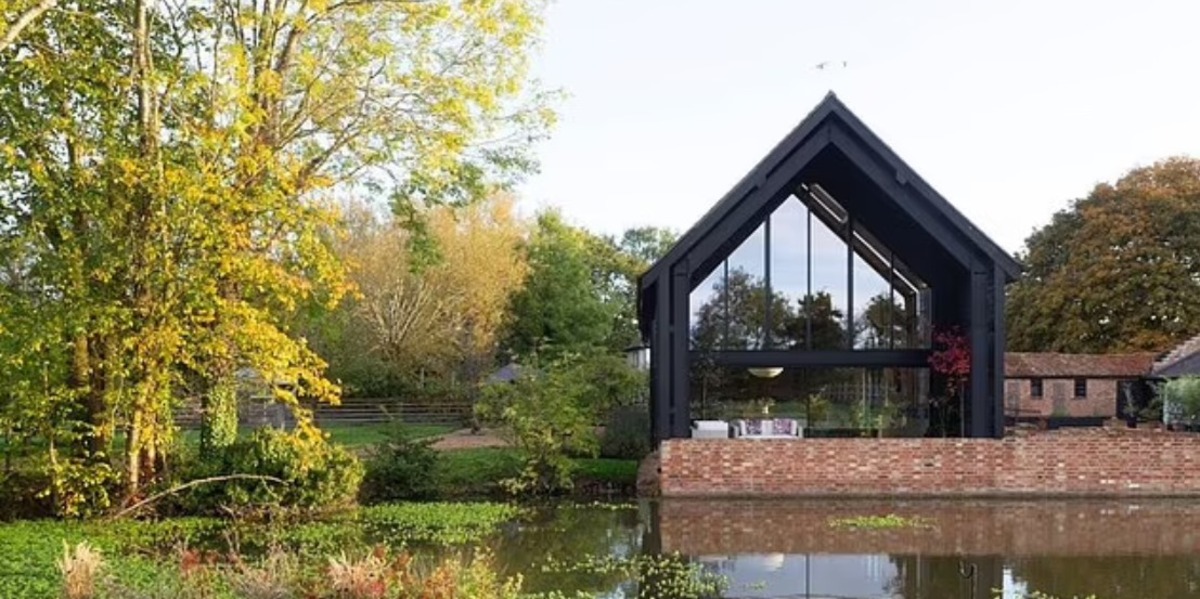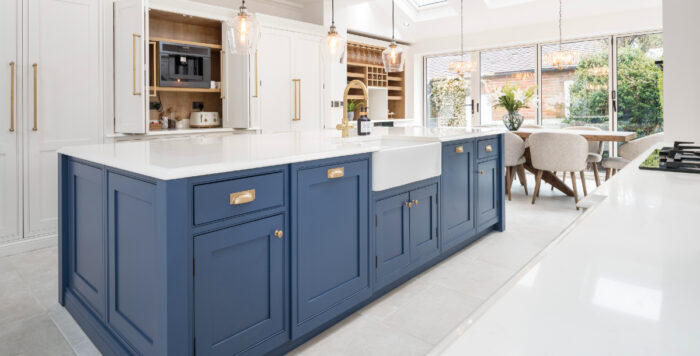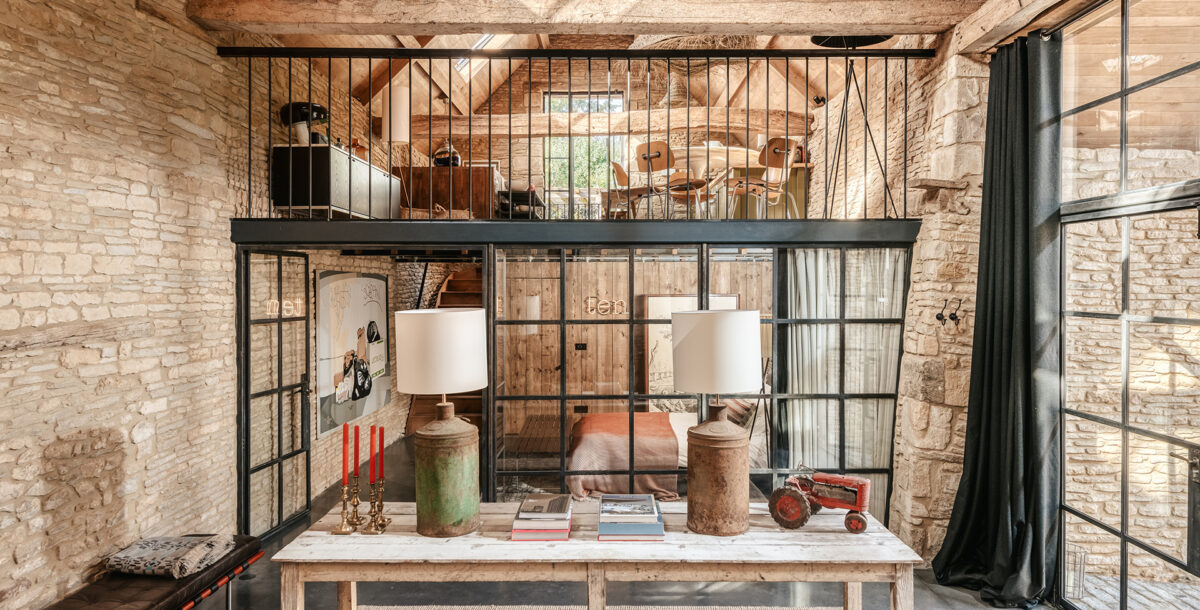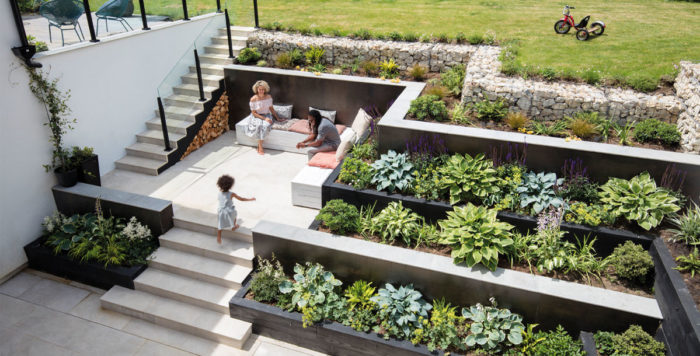Ways to ensure your home is optimised for good health
Creating the best living conditions for mental and physical wellbeing is integral to the design and construction process
Whether building a house, renovating, or making small improvements, creating the best living conditions for mental and physical well-being is integral to the design and construction process. It’s impacted by the choice of build method, glazing, lighting, materials, temperature control and ventilation. Things to avoid include damp, poor-quality light, the absence of views, overheating, and the presence of certain chemicals.
Low VOCs
Making sure that indoor air is free from potentially harmful chemicals and particles is a priority. The aim is to avoid pollutants from both indoor and outdoor sources, such as gaseous chemicals known as volatile organic compounds (VOCs), allergens, mould and even microscopic particles produced by vehicles. Finding building products that don’t contribute pollutants is challenging because there is currently no comprehensive register of what to use or avoid in the UK.
But a good rule of thumb is to select minimally processed materials. Options include sustainably sourced timber, stone, wool, straw and clay. If you need to use MDF and particleboard, choose products certified as free from formaldehyde. And check before buying reclaimed items that they have not been chemically treated at any point.
When choosing interior finishes, specify easy-clean surfaces that limit the need to use cleaning products containing noxious VOCs. Opt for low-VOC paint, woodstain and wax, and choose furnishings and fabrics that are free from chemical treatment.
“Finding upholstered furniture not treated with Chemical Flame Retardants (CFRs) needs careful research,” says Mathew Freeman at Freeman Studio. “Not least to ensure an item meets safety regulations without their use. Ultimately, ask suppliers if they have fire-safe ranges without CFRs, such as Cottonsafe Natural Mattress, which makes beds and sofas.”
Clay plasters, which can be applied to gypsum plaster and plasterboard, concrete and brick, have low VOCs, no formaldehyde, polymers or additives. “Since clay
plaster doesn’t set like other finishes, it absorbs and releases moisture, maintaining indoor air humidity at between 40 to 60 per cent,” says Adam Weismann, founder and director of Clayworks. “At this humidity level, bacteria, viruses, dust mites and mould spores, which are triggers for respiratory health issues, struggle to survive.”
Clay plaster comes dried and pigmented, ready to mix with water and apply to the surface following the manufacturer’s instructions.
Clear the air
To remove airborne pollutants, consider installing a mechanical ventilation with heat recovery (MVHR) system when self-building or undertaking a whole-house renovation. Working best in a well-insulated and highly airtight home, MVHR removes stale air from each room and replaces it with filtered fresh air. The air-handling unit is low maintenance, but the filters need changing regularly for best results. A simpler route is to plug in a mobile air purifier, which removes pollutants such as dust, pollen, dander, mould and VOCs.
Regulate humidity
Build the roof, floor and walls of a home or extension with breathable materials and avoid plastic membranes. Insulating materials such as wood fibre, wood wool and mineral wool enable humidity to self-regulate through the structure without trapping moisture behind a barrier. In this way, a building can be airtight, draught-proof and breathable, and won’t have a build-up of moisture that leads to damp, condensation and mould.
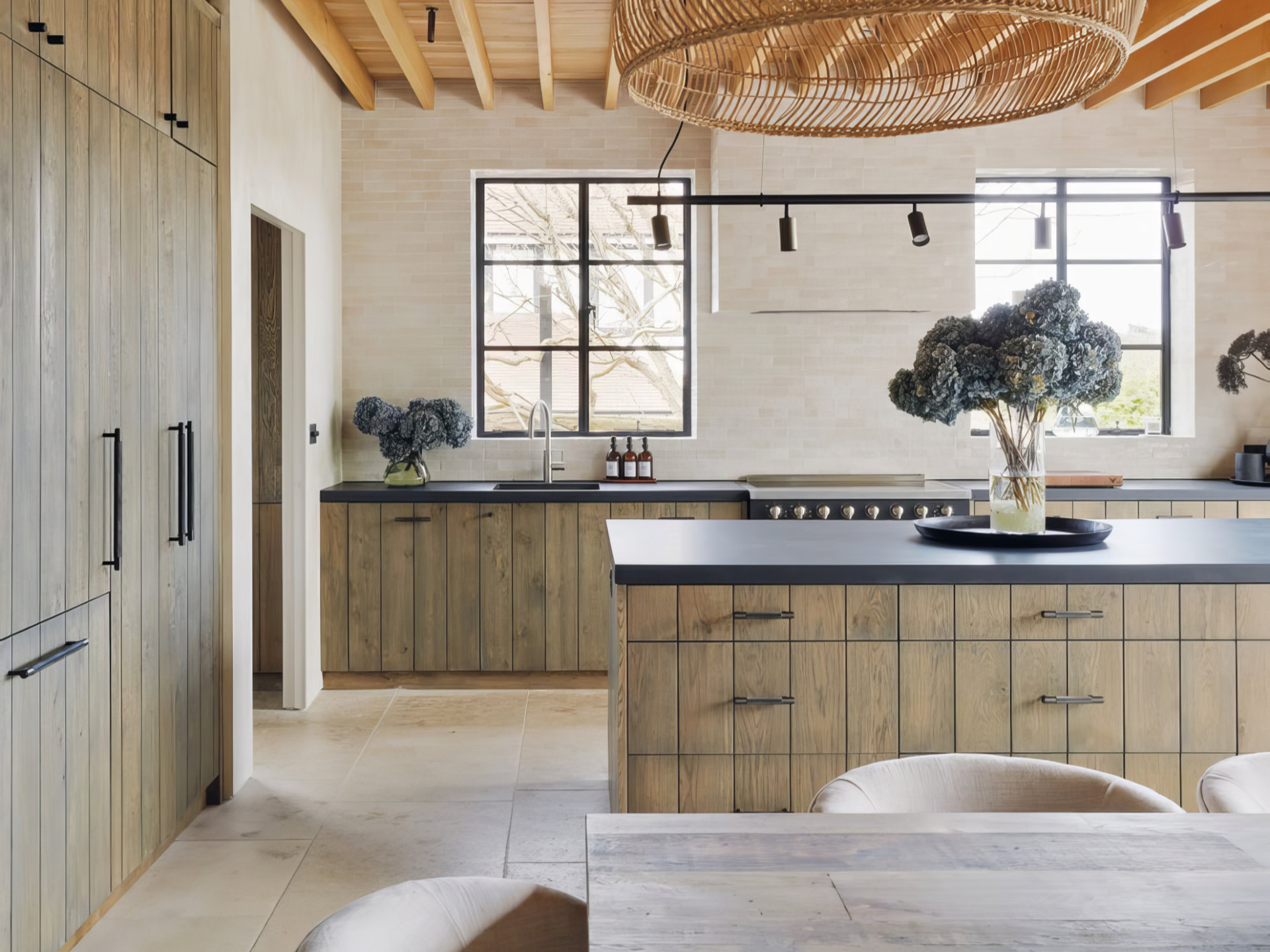
Delve Architects retrofitted and extended a 220sqm, four-bedroom house in Winchmore Hill, north London, improving the insulation and installing new glazing to bring in more light. The kitchen floor tiles are limestone. The project cost £650,000.
Biodynamic lighting
Our body clocks are influenced by daylight and its absence at night, which aids good sleep and mental health. The colour and intensity of daylight changes throughout the day. These changes affect our hormones, helping us feel wakeful or sleepy and happy or sad. So ideally we are exposed to sufficient brightness during the day and a change in light levels when winding down in the evening.
When building a home or extension, your architect must consider the way sunlight moves across the site to plan the glazing, both to optimise the views and the quality of light inside. How much of the sun’s warmth comes through the glass will also influence the glazing design, to avoid the risk of the interiors overheating. Overhead glazing is useful for brightening large, open-plan spaces and where installing a window is not possible.
Plan an artificial lighting scheme with as much care as the glazing, and at the early design stage so all the cables are in the right places for the first electrical fix. Team different types of fitting in each space, for general background lighting and specific tasks such as cooking or reading – and so you can adapt the scheme during the day and evening. Simply lowering the level has a relaxing effect. At night, use blackout blinds to block out light pollution from traffic and lampposts. To replicate the cycle of daylight more closely, invest in a biodynamic lighting scheme and the help of an experienced designer. The installation requires an electronic control system that slowly changes the colour temperature and intensity of the lighting to emulate what happens in nature.
Reduce noise
Anyone who has lived in a noisy flat or on a busy road will testify that excess noise is annoying and stressful. It can disturb sleep, impair work performance and prevent relaxation. Installing high-quality double or triple glazing will help cut out a lot of noise, and secondary glazing can also be effective. Line walls, ceilings and floors with a soundproofing product, such as Phonestar sound insulation board from Ecomerchant, and for floors try Acoustilay from Floor Scan. Cork is also a good sound insulator, and there are other ways to make your home quieter.
To find home appliances that operate at lower decibel levels, visit Quiet Mark. The organisation’s online Acoustics Academy has further information on soundproofing.

